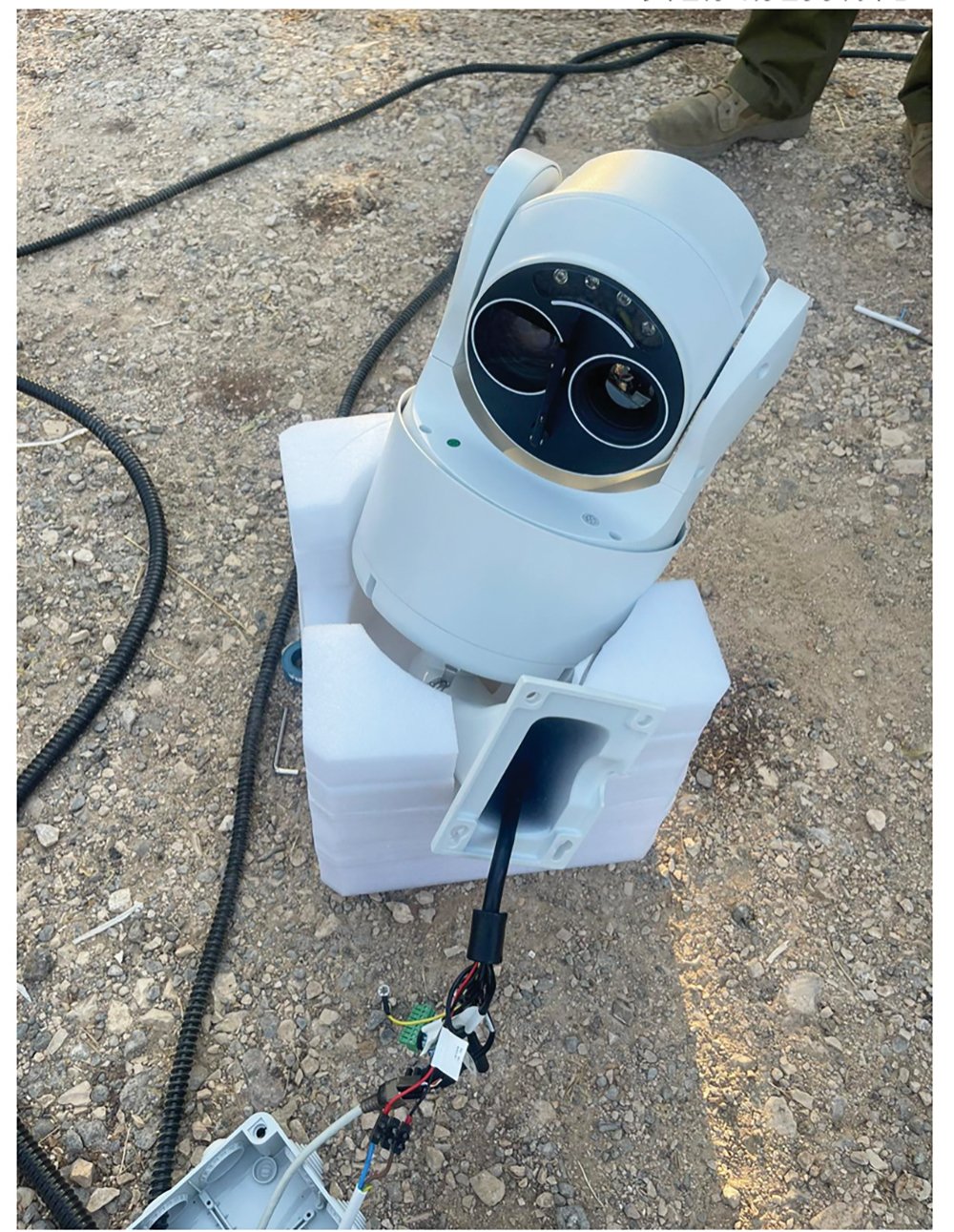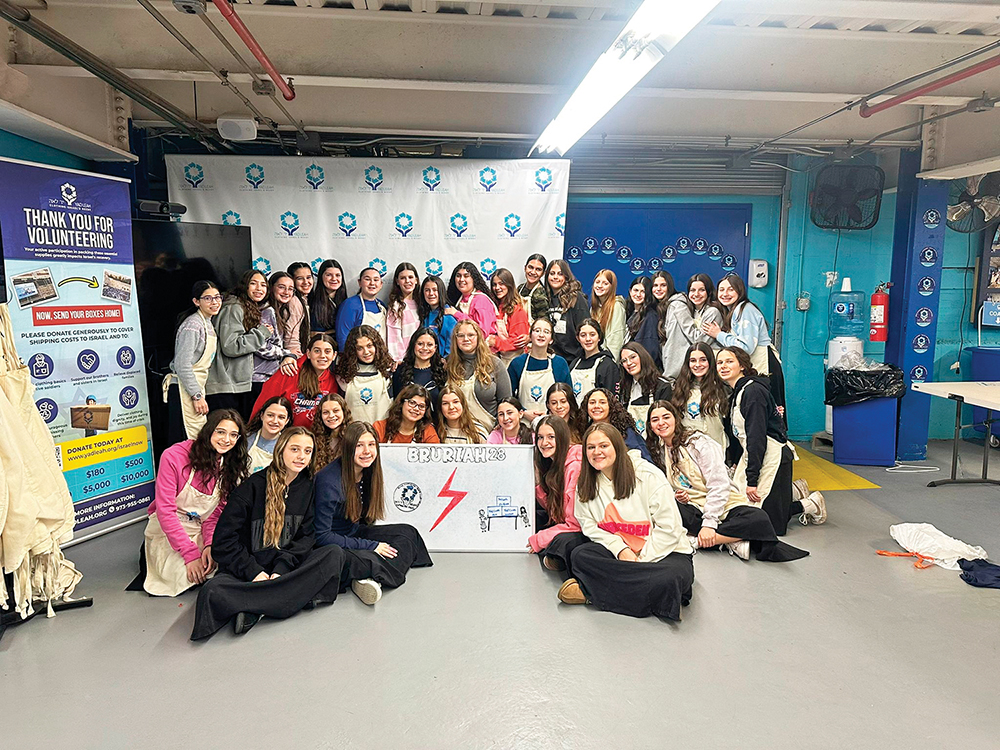Part I
This past June, I was honored to lead TABC’s 22nd annual voluntary post-finals Torah learning. It was deeply moving to see 25 talmidim join us and thoroughly enjoy our four-day deep dive into hilchot tefillin. Here are some of the central lessons that emerged from the first two days of our learning:
Point #1: Tefillin Require Shemira
- Never keep tefillin in a hot car.
- Never put tefillin on a wet hand, head or hair.
- Never leave tefillin unattended.
- When wearing tefillin, avoid unbecoming behavior and thoughts.
- Gently remove and return the tefillin from the batim.
- Place an electronic tracker in tefillin bags. Rav Mordechai Willig told our group that we may place the trackers in the actual tefillin bags (not just its plastic container), since they protect the tefillin.
- Never place tefillin in airplane luggage.
- Do not apply sunscreen before donning tefillin.
Point #2: Inspecting Tefillin
- Although the Shulchan Aruch (Orach Chaim 39:10) writes that tefillin worn regularly never require inspection (absent a catastrophic event such as wearing the tefillin in a downpour), the Aruch Hashulchan (Orach Chaim 39:6) writes that today tefillin require regular checking. He notes that the ink used today is more likely to fade than the ink used in the Gemara’s time.
- Tefillin should be checked a few years after purchase since in a significant minority of cases, problems arise then.
- Afterward, an inspection once every 10 years is necessary.
- It is important to look at the tefillin’s batim and retzuot to see if they require professional repairs.
Point #3: Ashkenazim Should Say Baruch Shem Kevod Malchuto Only After the Tefillin Shel Rosh Are Completely Fastened
The Mishna Berura 25:21 notes that many mistakenly say it earlier than this.
Point #4: One Who Writes With One Hand but Performs Most of His Actions With the Other
The Shulchan Aruch and Rama (Orach Chaim 27:6) rule that one places tefillin on the opposite hand to the one with which one writes—even if one does most of his activities with the other. The Vilna Gaon, though, follows the majority of one’s actions.
- Rav Mordechai Willig argues that all follow the Rama today since fine motor skills are emphasized today, whereas in pre-modern times, gross motor skills were of greater importance. Most people worked at jobs requiring physical power (such as farming), so strength determined the dominant hand. Thus, today, the hand with which one writes is typically the hand that performs most activities.
Point #5: The Writing Style (Ketav) of One’s Tefillin
- There are several styles of Torah writing. Chasidim generally follow the Ari’s approach, Sephardic Jews have their customary writing style (sometimes called “Velish”), and non-Chasidic Ashkenazim wear tefillin according to the Beit Yosef’s ketav.
- One can discover the writing style of his tefillin parshiyot by looking at how the “shin” on his shel rosh is made.
- One may recite a bracha on borrowed tefillin written in a ketav different than one’s own.
Point #6: A Single or Double Daled?
- Rav Yosef Dov Soloveitchik (among others, including the Aruch Hashulchan, Orach Chaim 27:21) insisted that the double daled is a mistaken custom. Rav Soloveitchik even felt that this is a rare case where one should not maintain his family’s minhag.
- While the Mishna Berura (32:233) prefers the single daled, he does not reject the double daled.
- Yemenites’ (and many Chasidic) tradition of wearing a double daled indicates an ancient tradition. Thus, one should continue a family tradition to wear it.
Point #7: Positioning the Shel Yad
- Precision is necessary to keep the entire shel yad on the bicep’s lower half (towards the elbow) tilted slightly towards the heart (Shulchan Aruch and Rama Orach Chaim 27:1).
- The Vilna Gaon is more lenient and permits the shel yad to be on the top half of the biceps (facing the shoulders).
Point #8: Positioning the Shel Rosh
- The Shulchan Aruch (Orach Chaim 27: 9) insists that tefillin should not extend even a bit lower than the hairline (or where it was once located). The Mishna Berura 27:33 is particularly emphatic about the proper placement of the front of the shel rosh. The Aruch Hashulchan (Orach Chaim 27:20) agrees.
- The Mishna Berura and Aruch Hashulchan extol those who tighten the tefillin shel rosh to ensure it is fastened tightly around the head and not extend too far low in front and back.
- Tightening a tefillin shel rosh is a skill everyone should learn. Tutorials are available on YouTube.
Point #9: Wearing Tefillin During a Brit Milah
- Some argue that the “ot” of a tefillin eclipses the “ot” of brit milah and should be removed before the Amidah.
- Others argue that the “ot” of brit and tefillin enhance each other and, thus, should be worn during a brit.
- Rav Moshe Feinstein (as told to me by Rav Reuven Feinstein) wore his tefillin during a brit milah.
Rabbi Jachter serves as the rav of Congregation Shaarei Orah, rebbe at Torah Academy of Bergen County and a get administrator with the Beth Din of Elizabeth. Rabbi Jachter’s 18 books may be purchased at Amazon and Judaica House.













